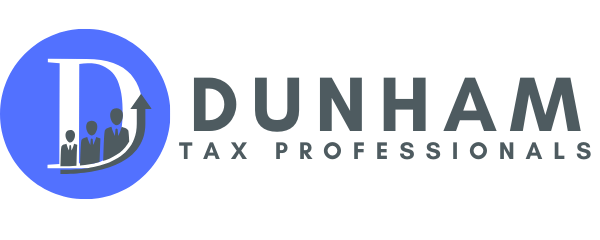
Second Round of PPP: What you Need to Know
Thanks to the CARES Act that was passed in late March of last year, the Paycheck Protection Program – or PPP – was established to help small business owners in the United States
have the resources needed in order to maintain their payroll, hire back employees have been laid off, as well as cover their overhead. This program ran for a very short period of time and has been closed for several months. But 2021 brings a new round of payments, thanks to the $900 billion relief bill that was passed on December 27th.
Small businesses who have been hit hard by the COVID-19 pandemic can apply for a second round of funds from the Paycheck Protection Program. This new relief bill allocates $137 billion for small business owners who want to have a second round of PPP Funds. So, if you received your first round of PPP money and you want to know if you’re eligible for a second round, this blog is for you.
The Small Business Administration started accepting applications for second draw PPP funds on January 13, 2021. However, it is important to know that this is not open to everyone: Currently, the SBA will only be accepting applications beginning on January13th through small lenders called community financial institutions – or CFIs – and only applies to borrowers in low to moderate income neighborhoods with a maximum of 10 employees or for loans of 250,000 or less. Moreover, at least $25 billion will be allocated for this.
Now, for all other small business owners looking to get a second round of PPP, it will be open to all participating lenders for a second draw of PPP shortly thereafter the January 13th date. Small business owners must have previously received a first draw PPP funding and will or has used the full amount only for authorized uses; has no more than 300 employees and can demonstrate at least a 25% reduction in gross receipts between comparable quarters in 2019 and 2020. What this means is that you would qualify if you showed at least 25% revenue loss in any quarter of 2020, e.g., let’s say you’ve made $100,000 in the first quarter of 2019 and if you made $75,000 or less in the first quarter of 2020, you would qualify.
You’re probably wondering how much money you might qualify for in this new round. For most small business owners, the maximum loan amount for second draw PPP l is two and a half times the average monthly 2019 or 2020 payroll up to $2 million. As of now, and especially when that date opens up for everyone, those seeking PPP funds can only apply until March 31, 2021.
As always, professional advice is always suggested in navigating these kinds of situations. Dunham Tax Professionals is here to provide you expert knowledge and assistance, as well as being aware of any changes in deadlines as they occur.
We can assist with applying for the loan(s) and creating the documents needed to apply.

